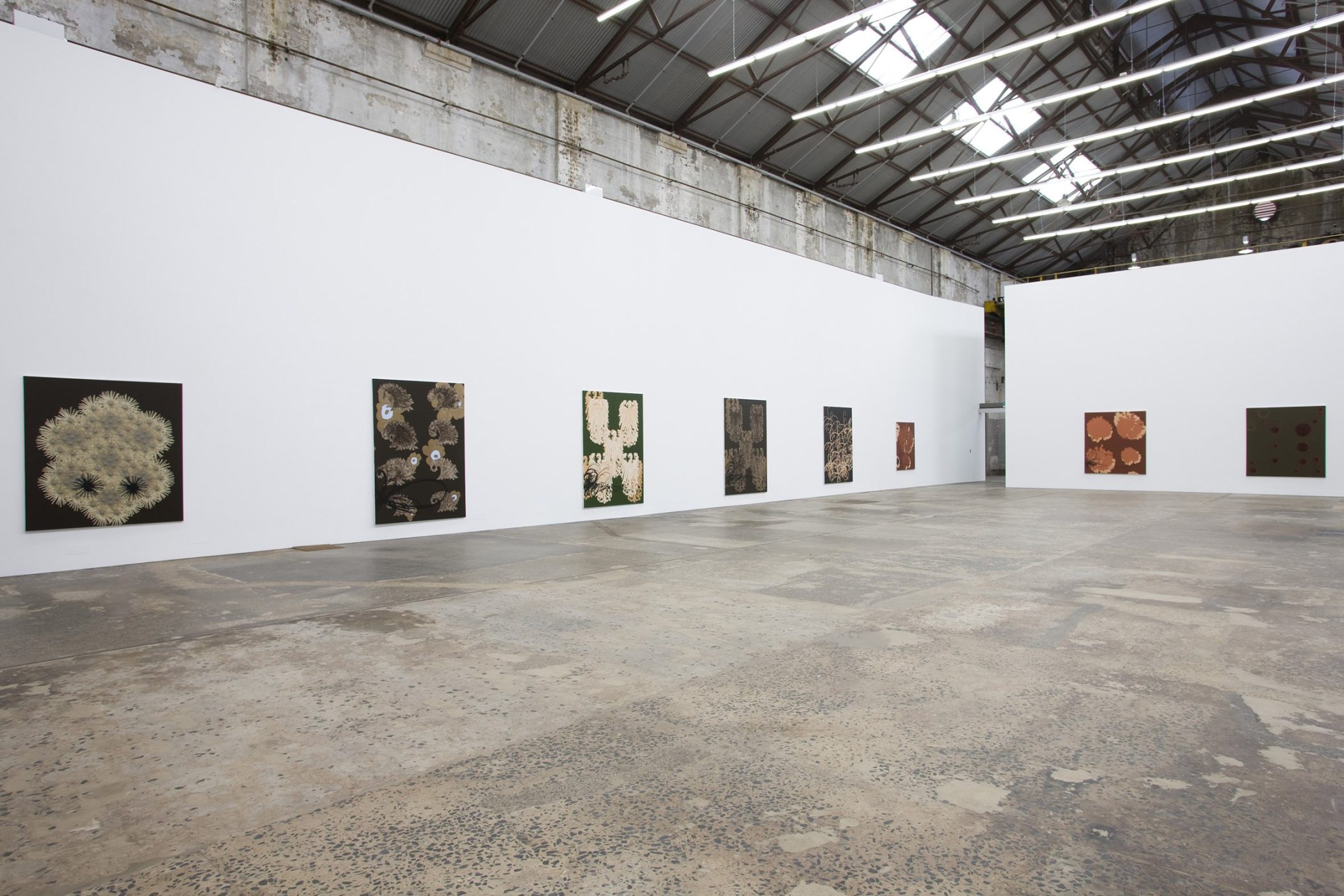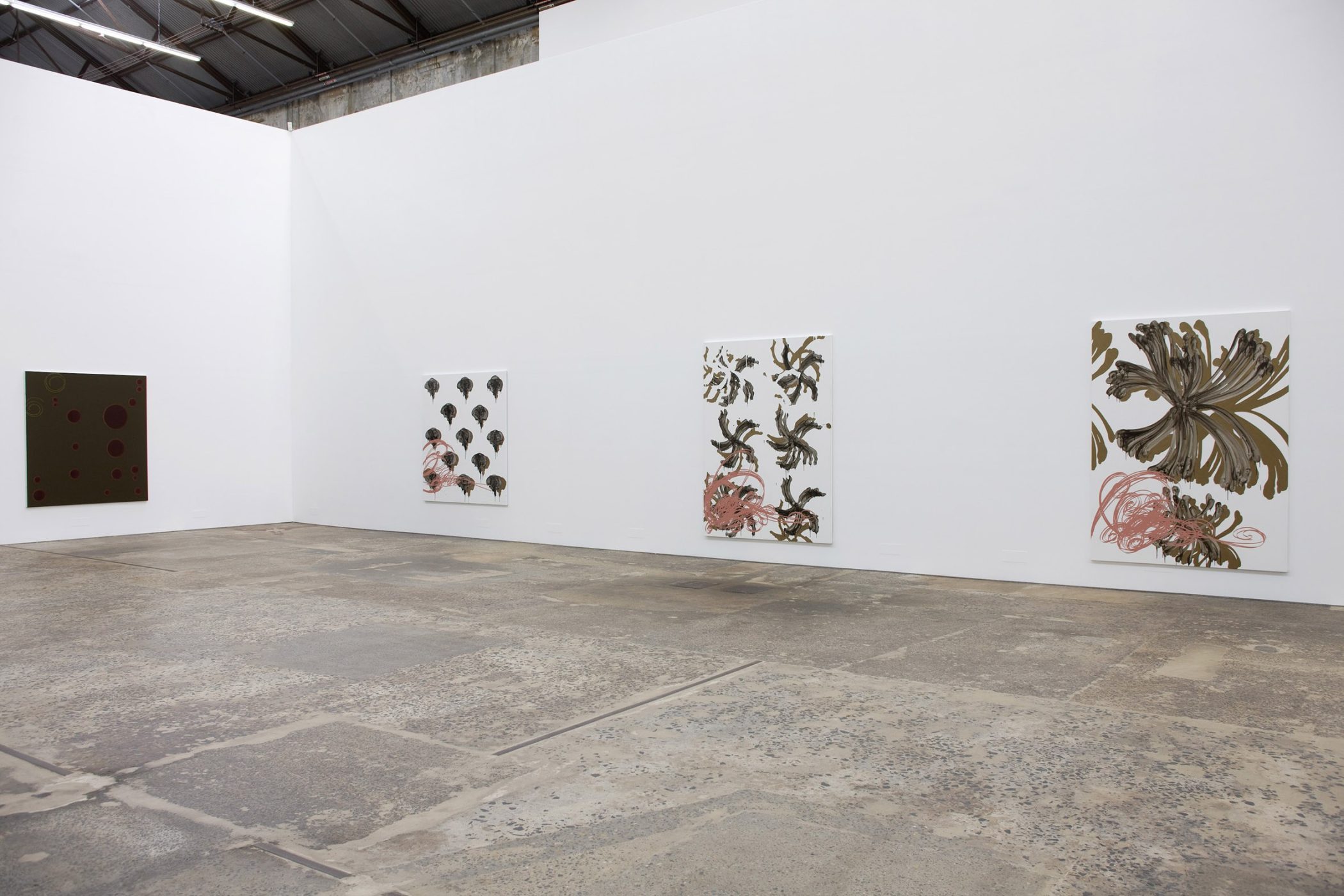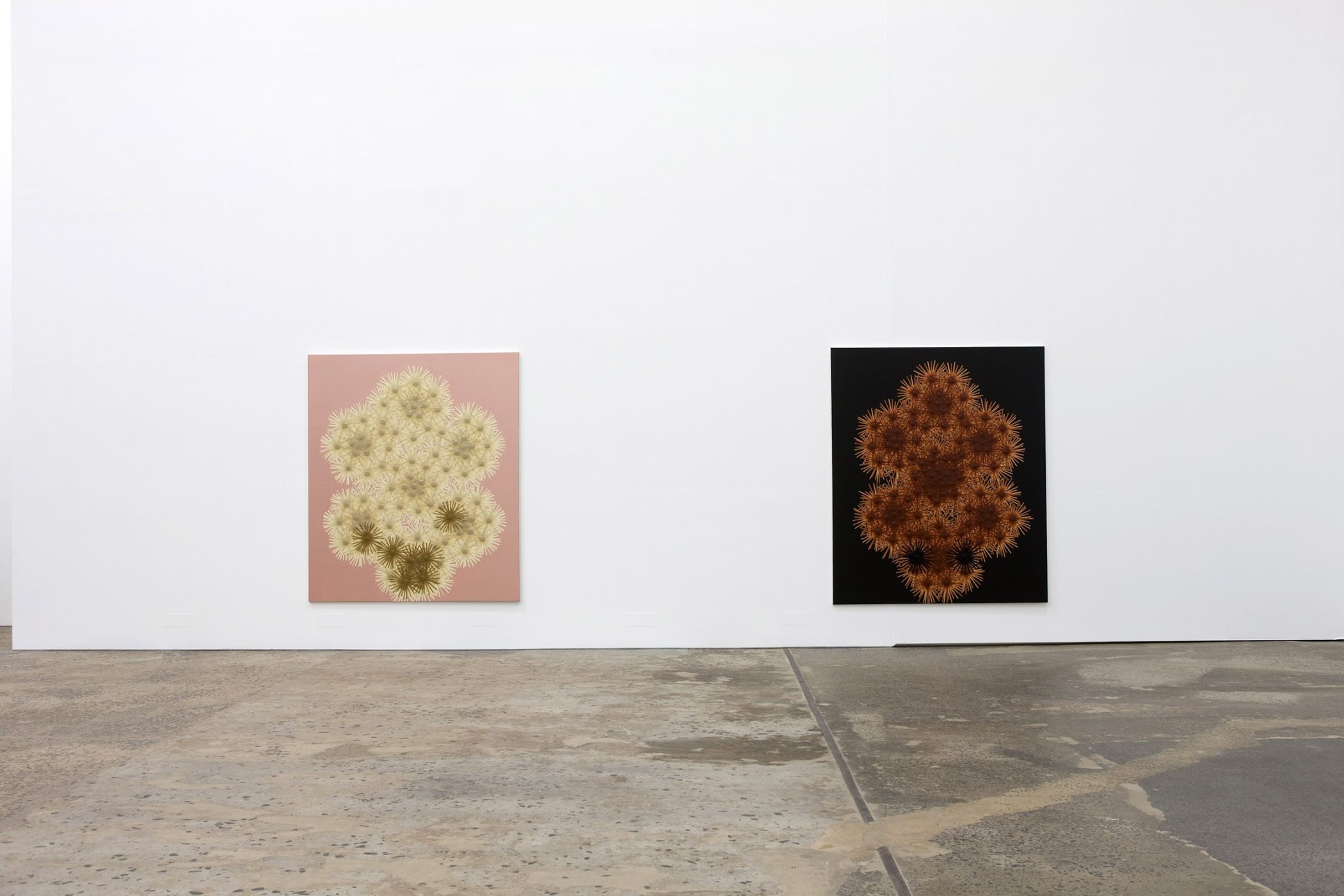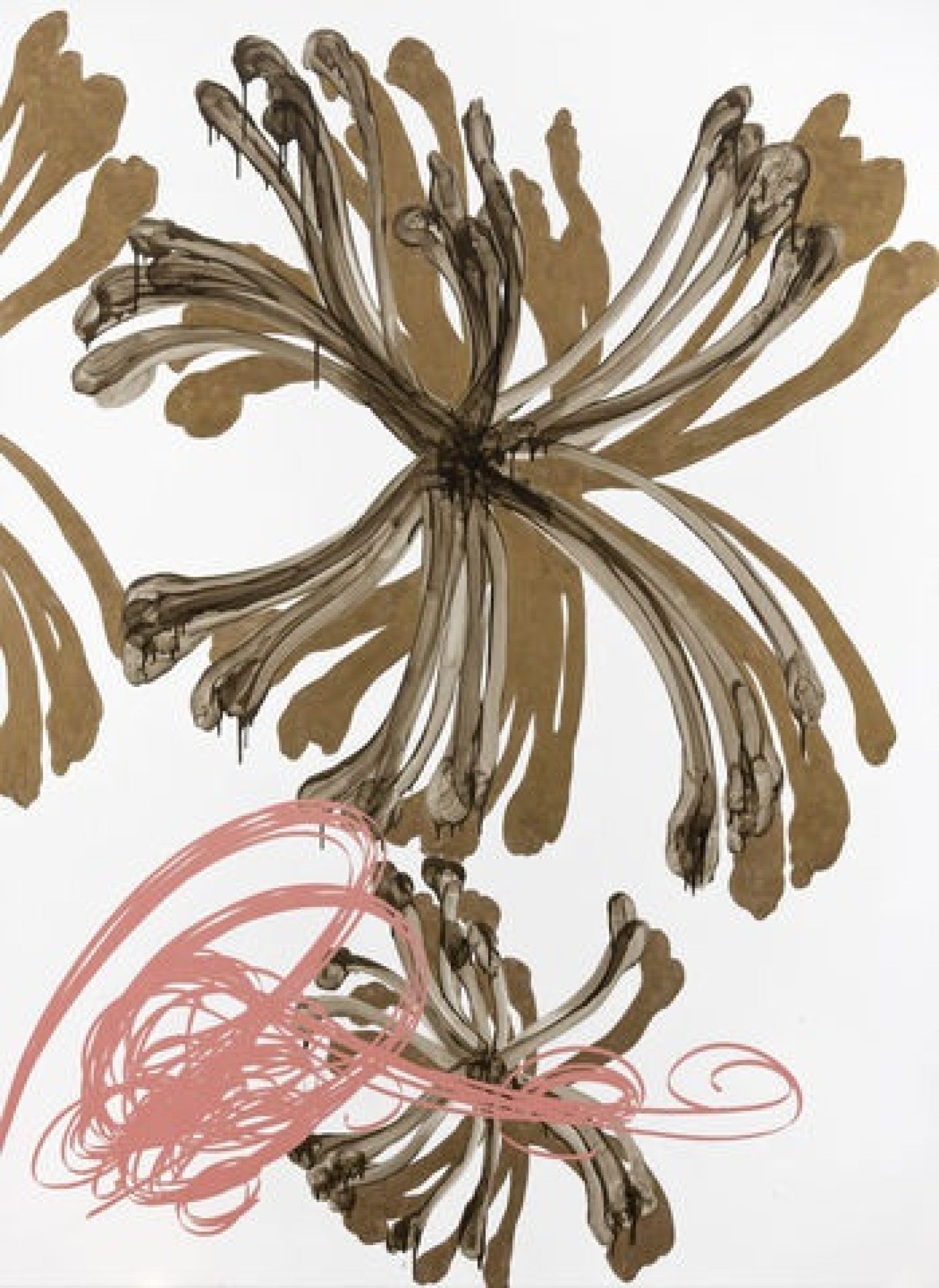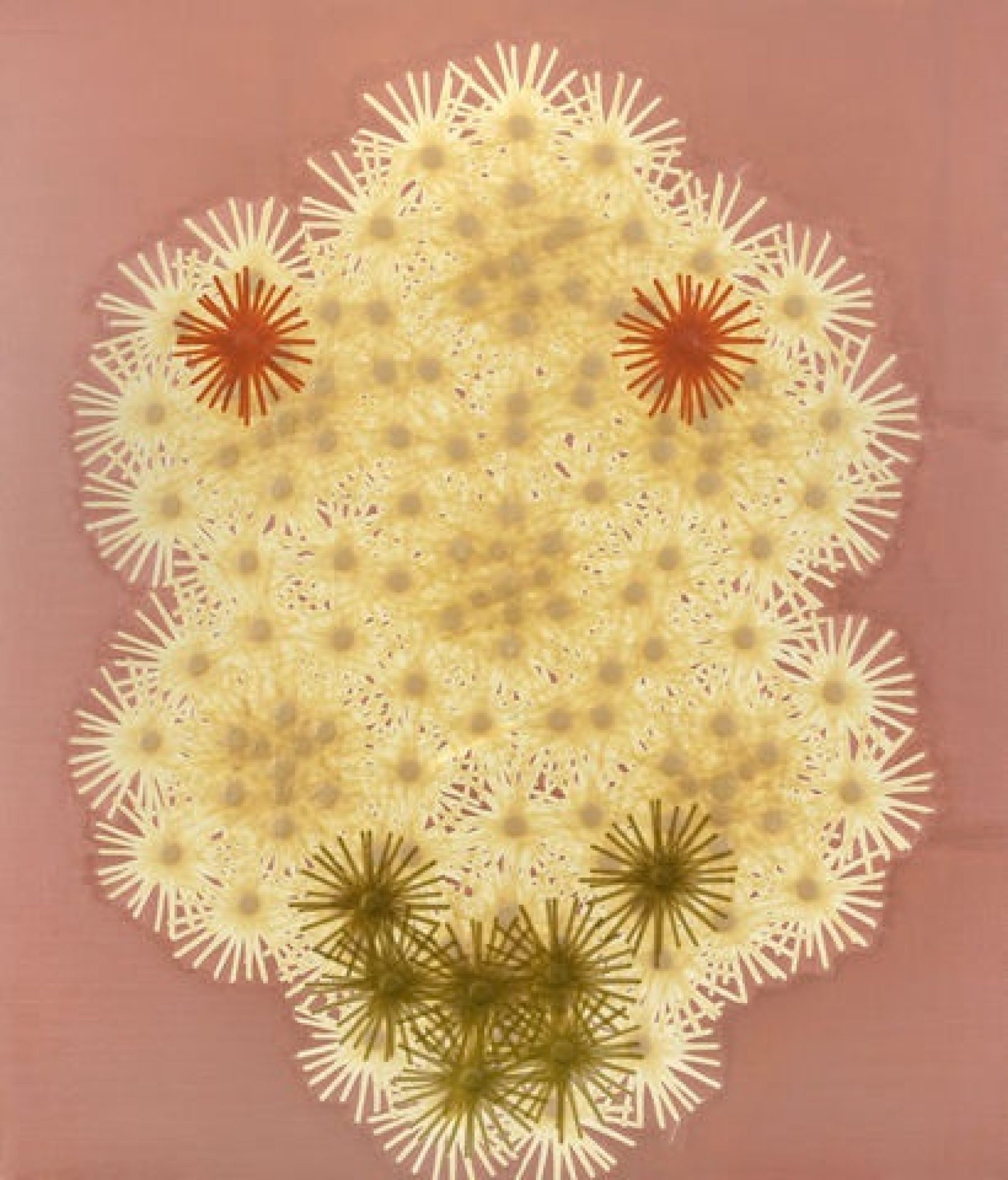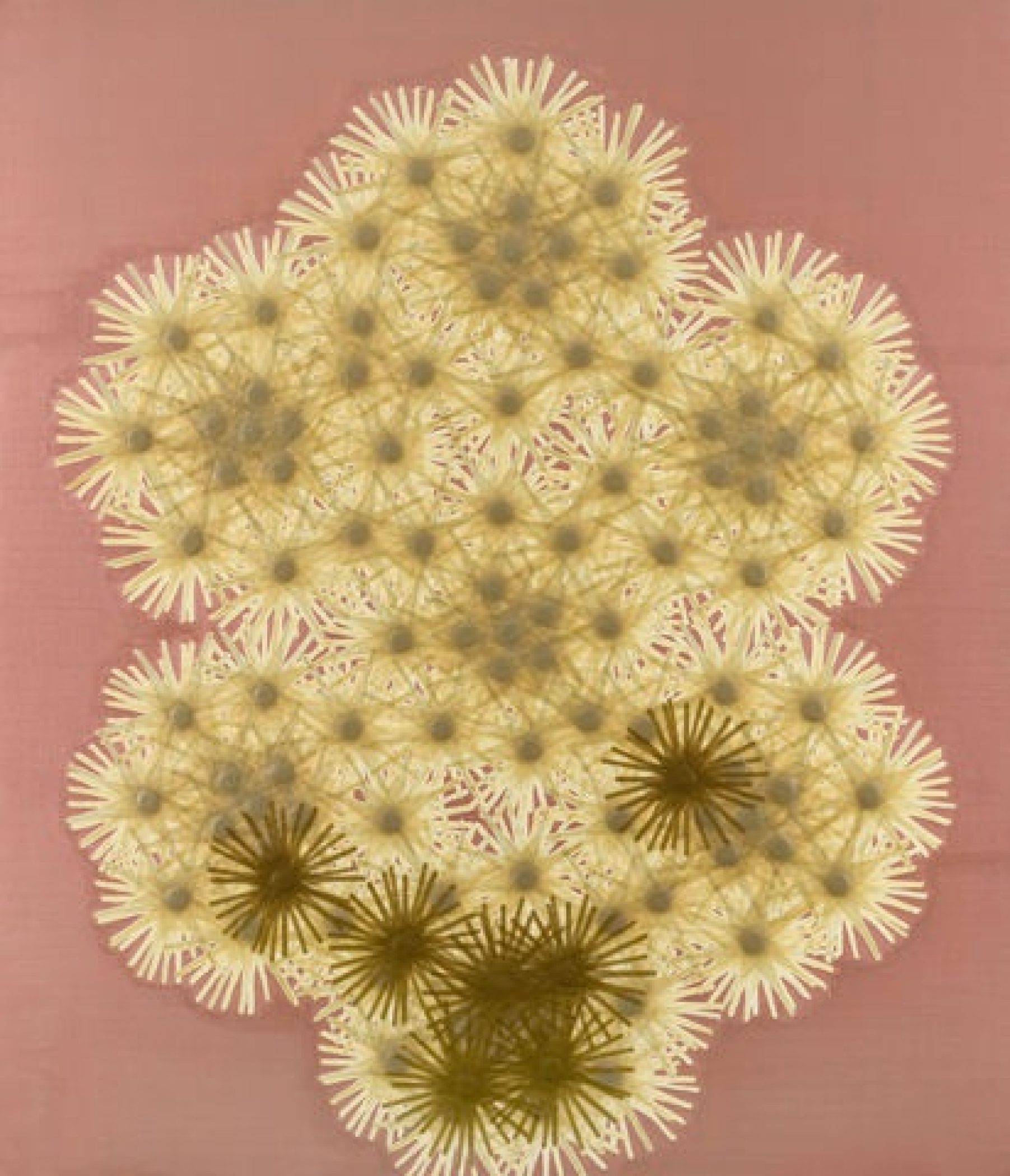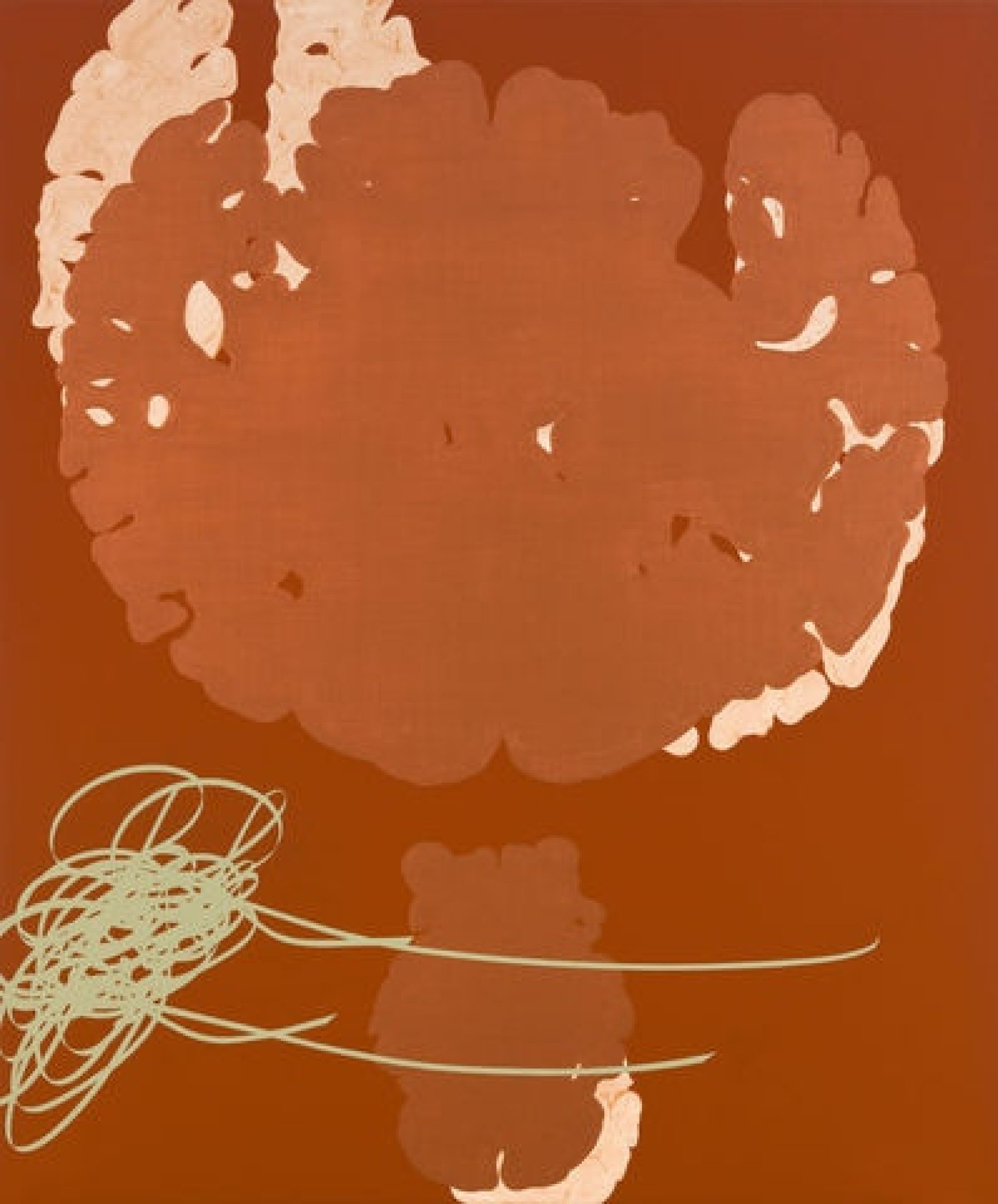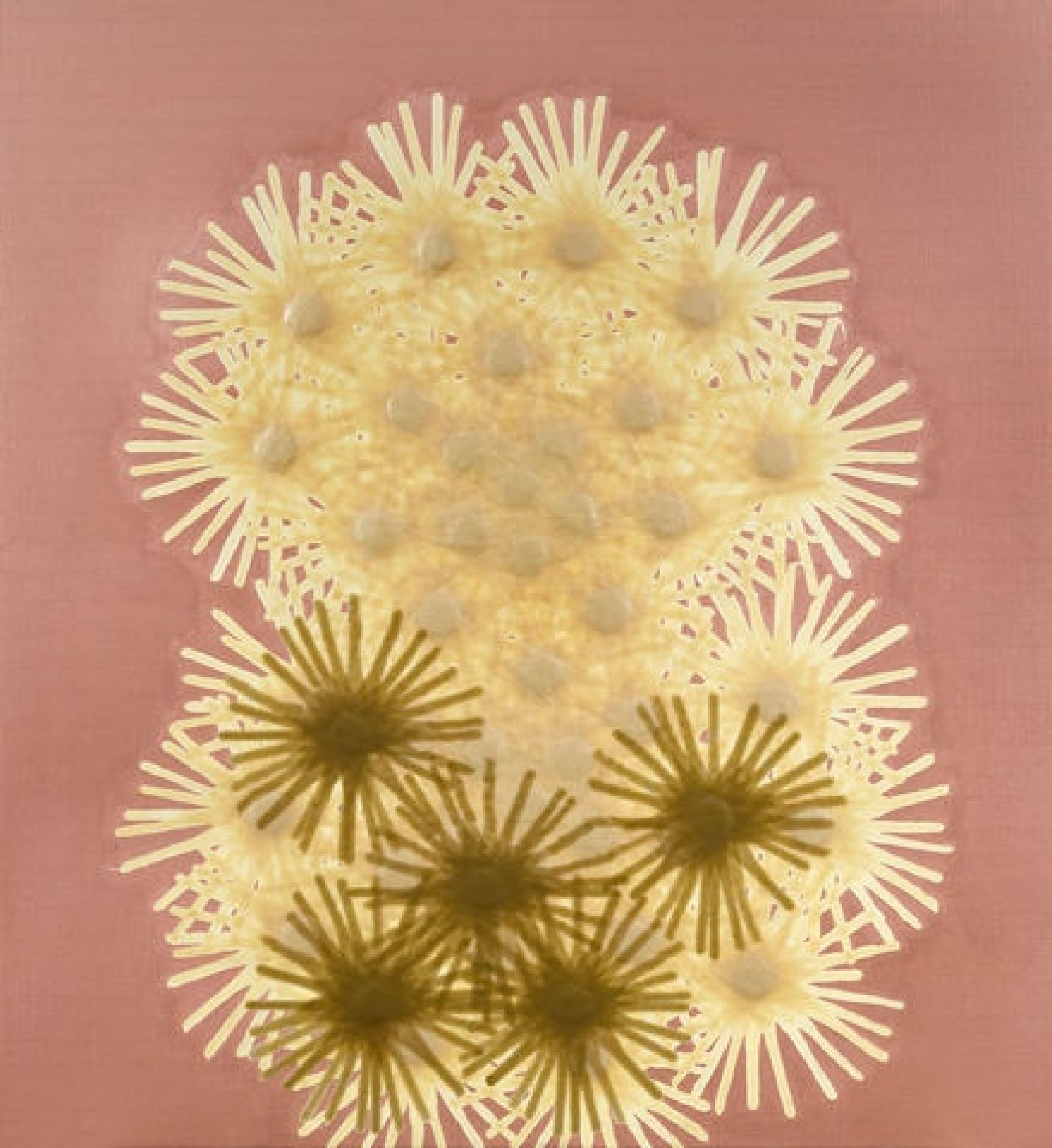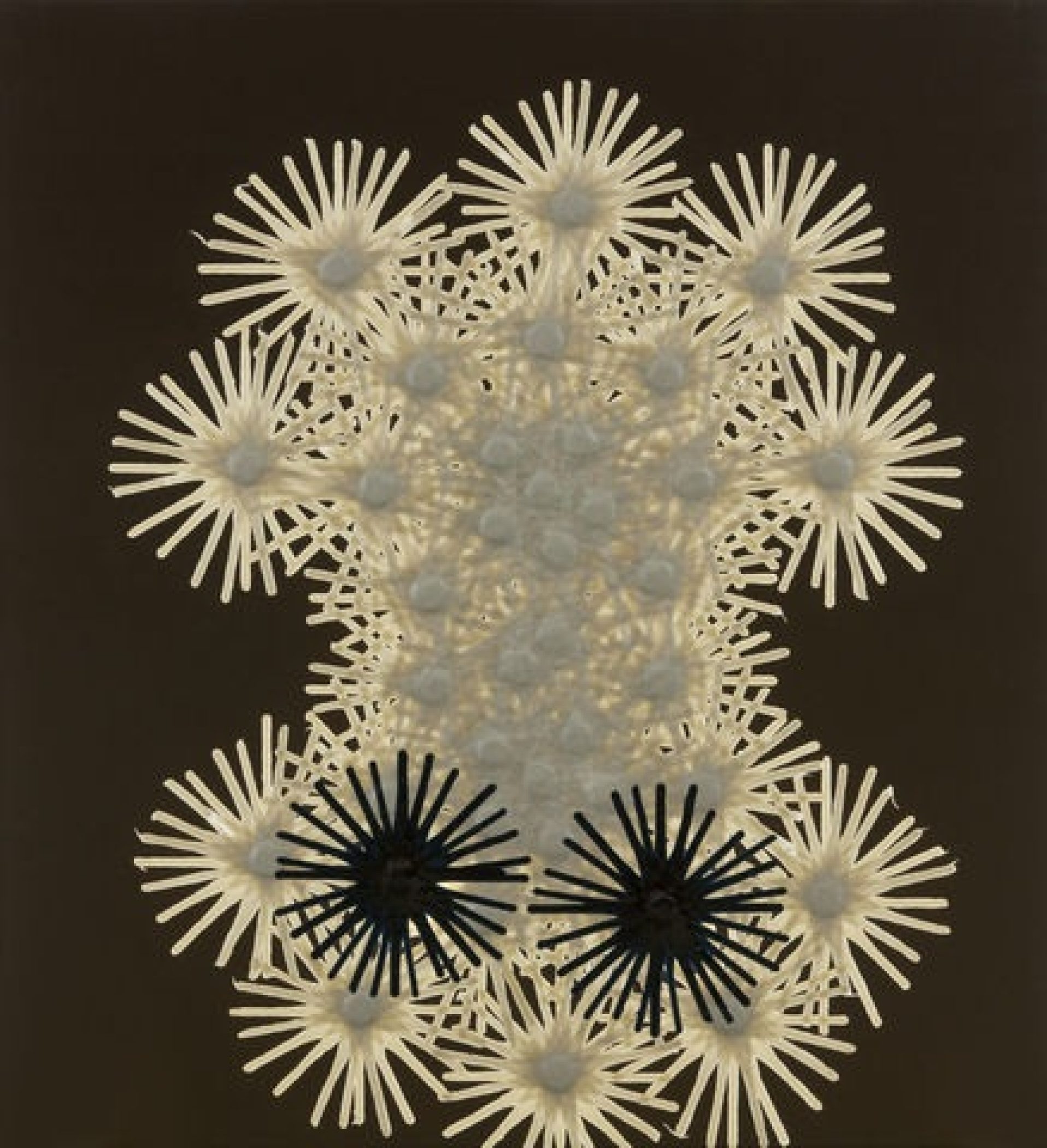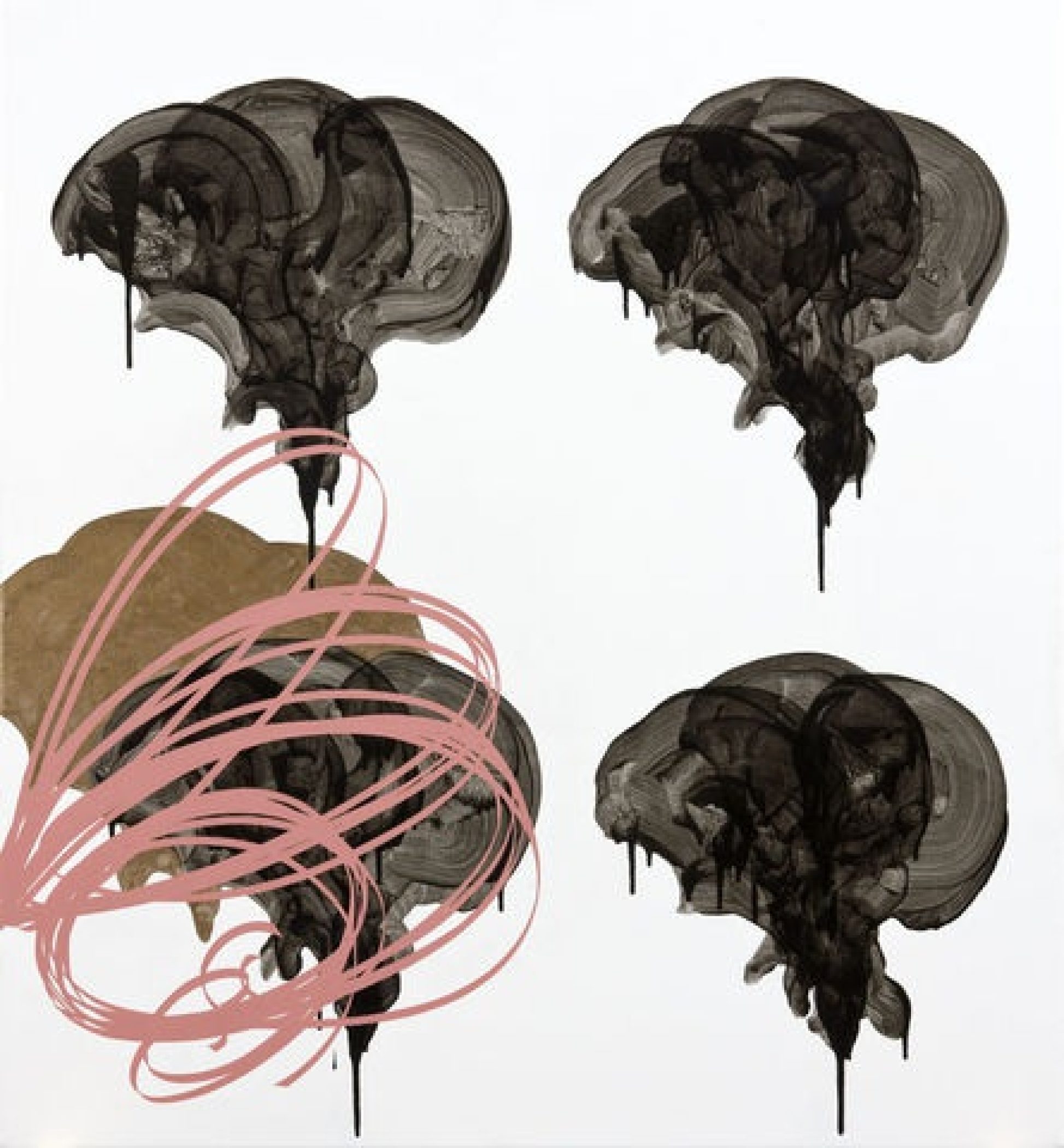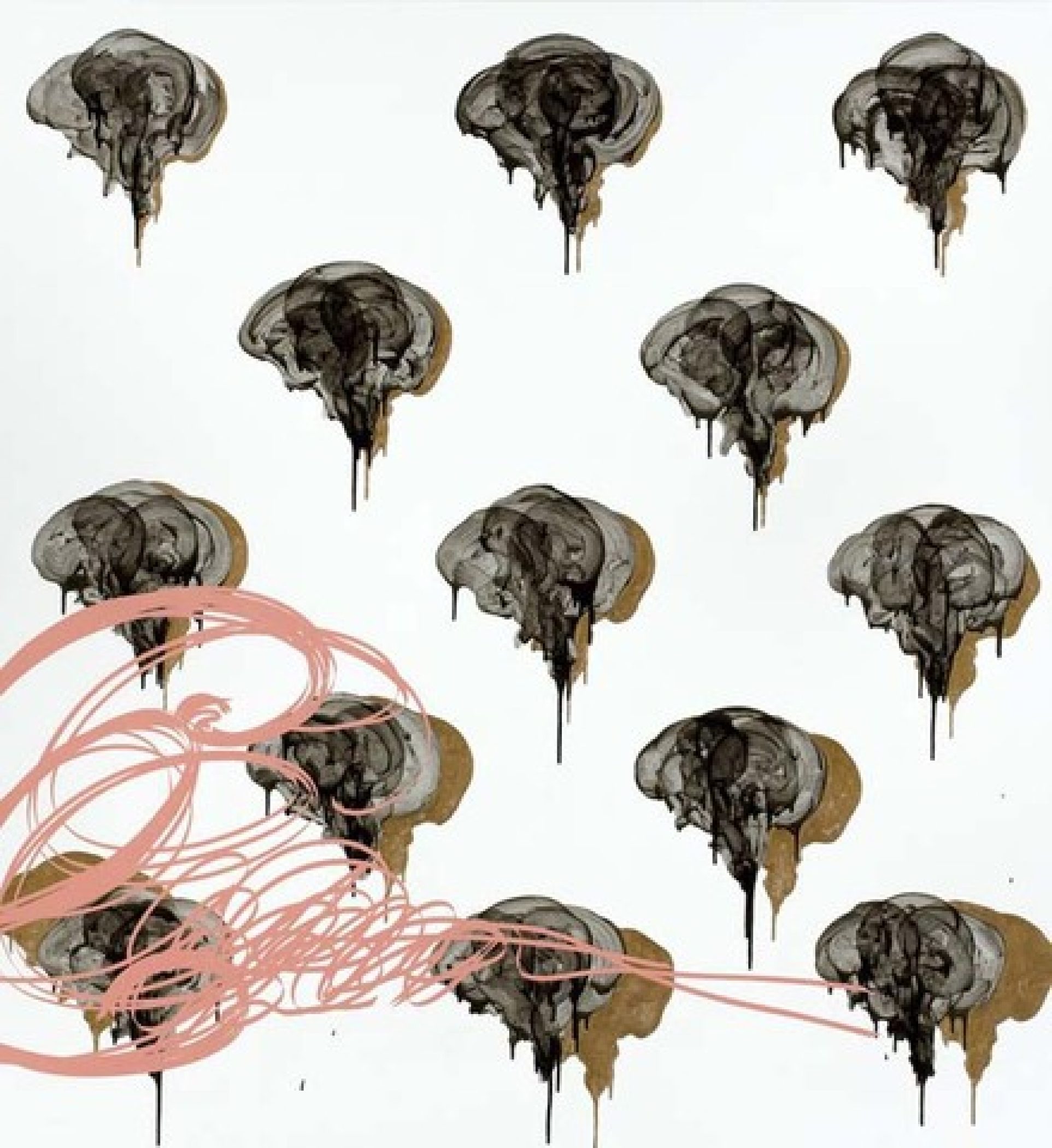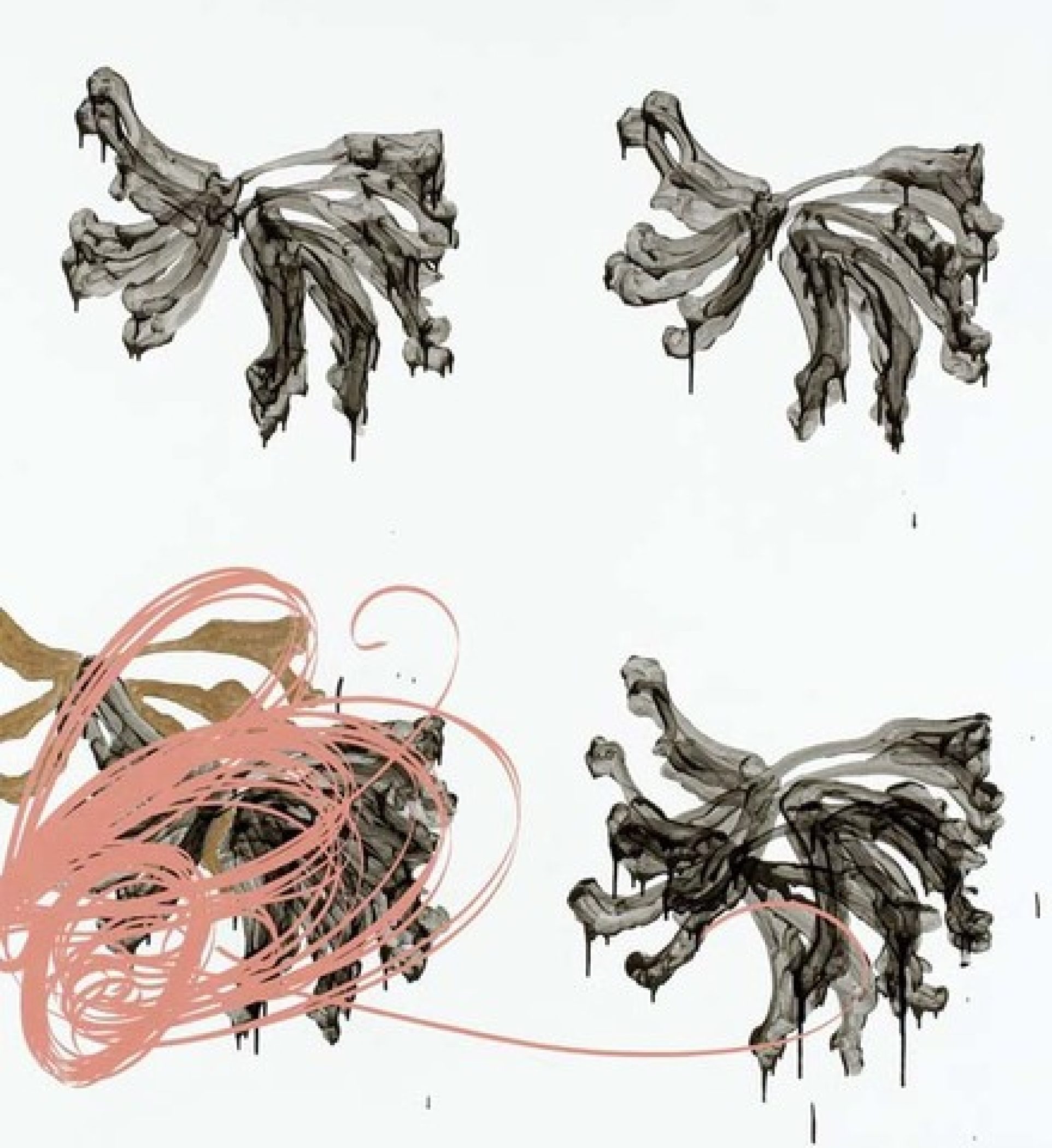Stieg Persson
Old Europe
19th November – 28th December 2008
Anna Schwartz Gallery Carriageworks
We live in an era where there is no single, persuasive theory of painting. The pluralism of the postmodernist landscape has produced its own orthodoxies, but still there is no mainstream, no Lonely Planet guide. In some ways there could be seen to be an absence of purpose in contemporary painting.
Popular culture, once the inspiration of artists from Warhol to Koons, now exerts an increasingly tyrannical influence on art practice, and the art industry. At the crux of this condition is the ascendancy of a contemporary art that subliminally mimics neoliberal economics to its very core.
The postwar corporate and industrial culture of the United States is central to the understanding of the art of Stella and Warhol; their clear desire to be at one with their times was manifest not only in their aesthetics, but also their work practices. It was, however, the Belgian, Marcel Broodthaers who saw the future. Duchamp’s aversion to manual labour was the precedent, but Broodthaers understood the shift from blue to white-collar culture.
In 1968 Broodthaers created his Museum of Modern Art, Department of Eagles, a conceptual museum. Antagonists to painting, such as Benjamin Buchloh have cited this work as the moment when the contemporary artist’s role shifted from artisanal to managerial, the self-expressive to the conceptual. It is no coincidence that this moment mirrors the shift in the western economy from manufacturing to knowledge industries in the late twentieth century.
The managerial is now seen to be a progressive mode of artistic production. Underlying this is the belief that that all advanced art is conceptual. In Joseph Kosuth’s words, a work of art is a kind of proposition presented within the context of art as a comment on art. Painting now exists alongside installation, performance, film and interactive media.
The works in Old Europe evolved in full awareness of this proposition of the broader context in which painting finds itself. In different ways, the works are provocations about their context, much as Kosuth might articulate it. But rather than assuming that the language of painting is redundant, Persson enjoys a freedom to choose from its rich heritage.
Flat expanses of hard-edged colour collide with soft translucent forms. Organic forms are subject to simple compositions, formal and heraldic. They are repeated, but never precisely. Some shapes have shadows but they are made with light reflective metallic paint. The gestures drip freely only to be entombed by the painted ground. Decorative scrolls, pink and blue, black and white, brand the paintings, perhaps forming letters or even words, perhaps not. Always there is a dance between the materiality of the work and the wit of its elusive subject matter, hinted at in the titles, but inevitably returning the viewer to the complexity of the physical painting itself.
The project bypasses the exhausted debates about painting’s relevance. It restates the possibilities that painting continues to offer and is a dedicated exploration of its history, the hidden foundation of all contemporary art, its European origins, its European DNA.
Images

Stieg Persson
Old Europe, 2008
Installation view, Anna Schwartz Gallery, Carriageworks
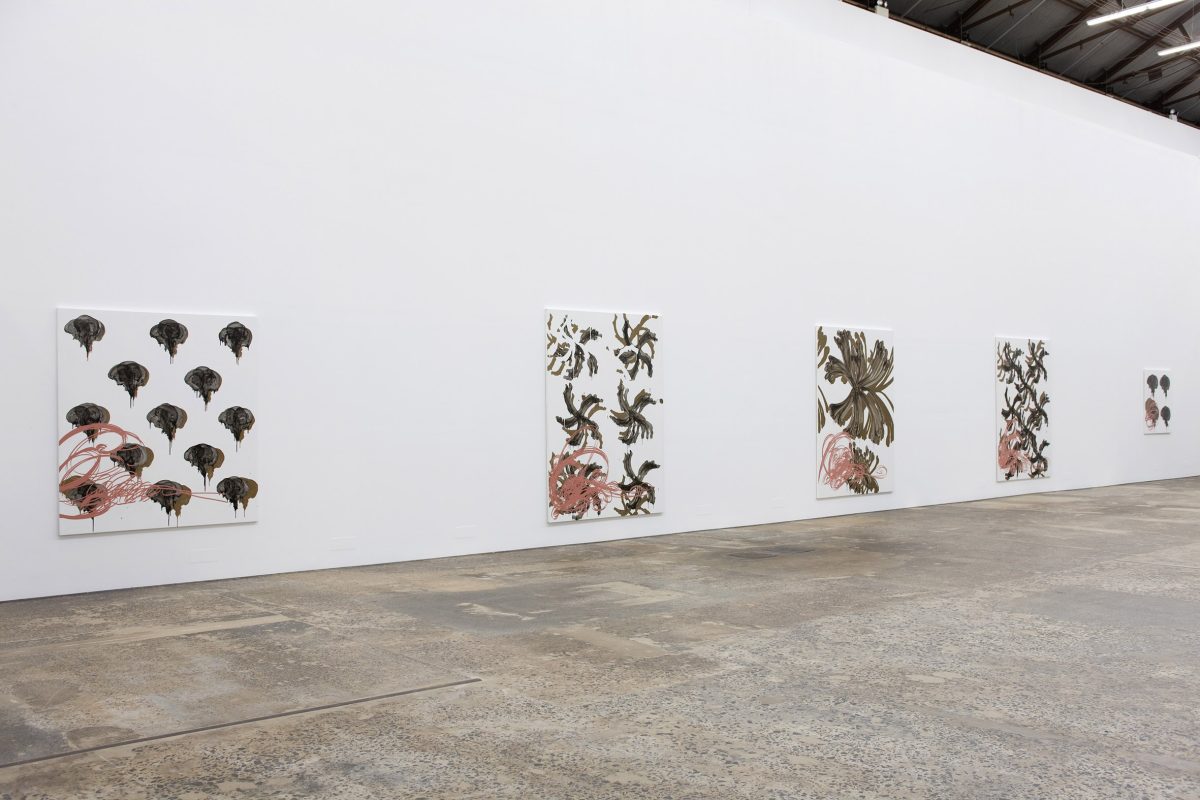
Stieg Persson
Old Europe, 2008
Installation view, Anna Schwartz Gallery, Carriageworks
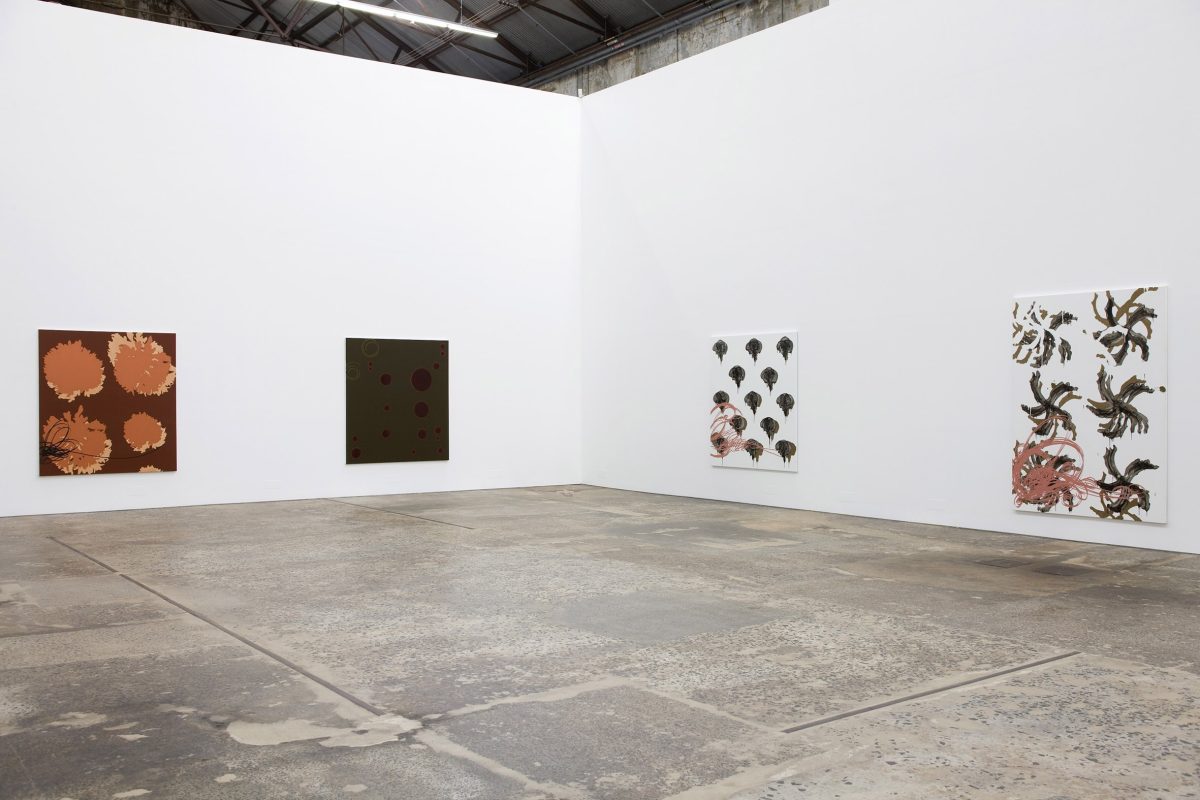
Stieg Persson
Old Europe, 2008
Installation view, Anna Schwartz Gallery, Carriageworks

Stieg Persson
Old Europe, 2008
Installation view, Anna Schwartz Gallery, Carriageworks
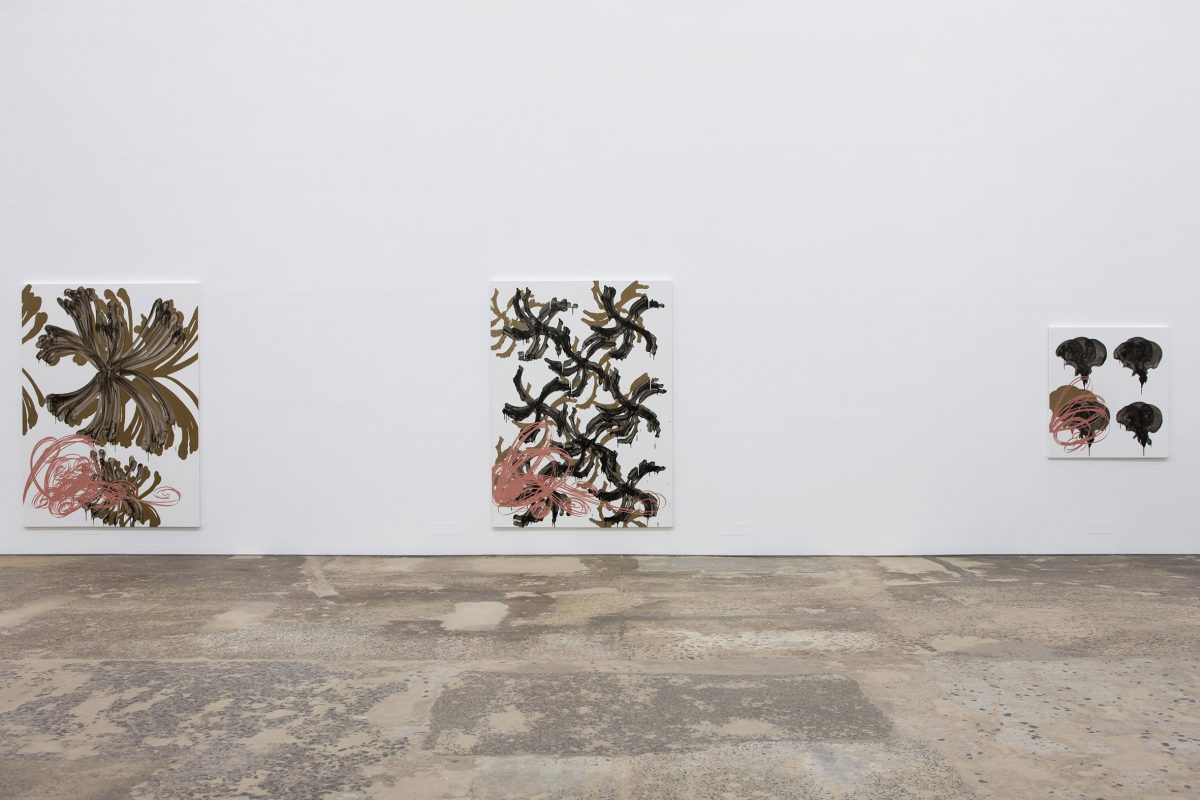
Stieg Persson
Old Europe, 2008
Installation view, Anna Schwartz Gallery, Carriageworks

Old Europe, 2008
Installation view, Anna Schwartz Gallery, Carriageworks
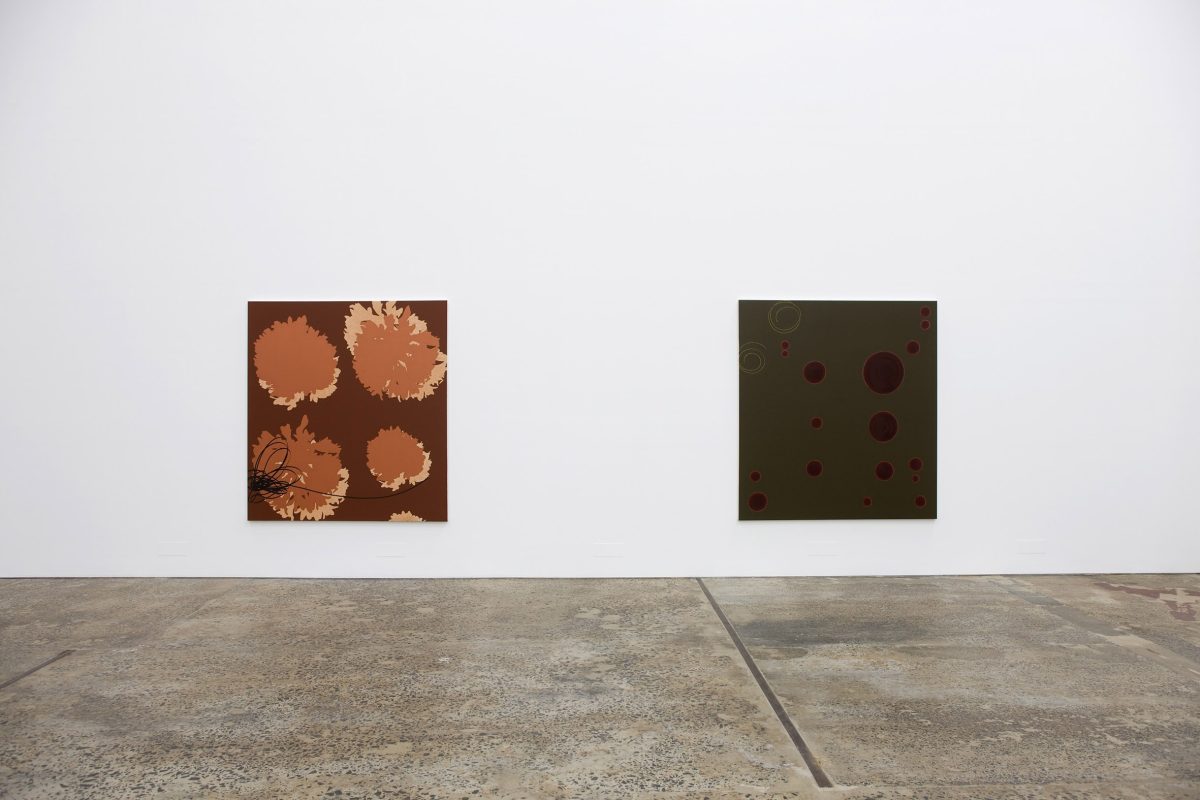
Stieg Persson
Old Europe, 2008
Installation view, Anna Schwartz Gallery, Carriageworks

Stieg Persson
Second Empire, 2008
Oil and metallic paint on linen
229 x 167 cm
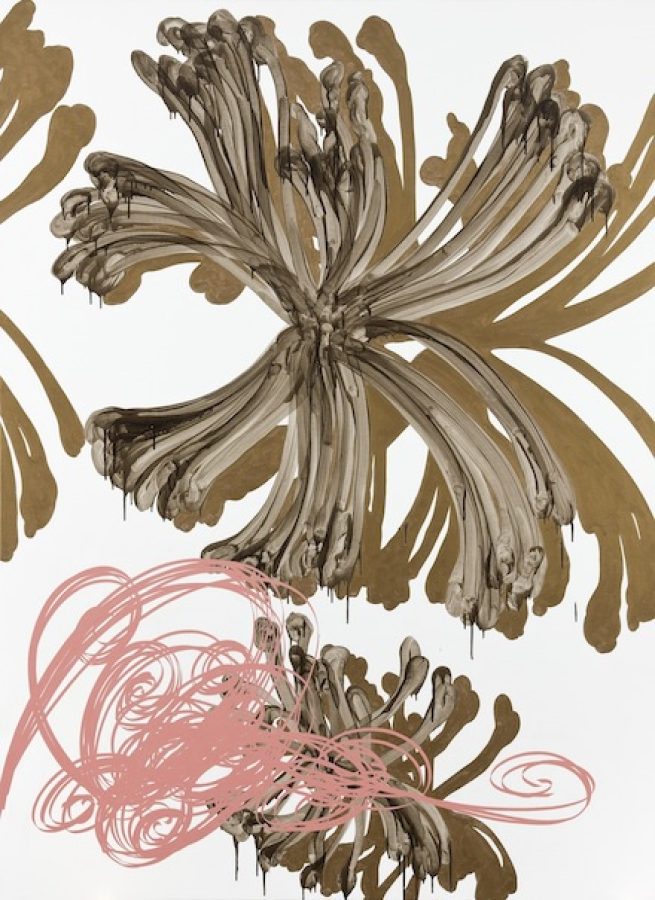
Stieg Persson
Third Republic III, 2008
Oil and metallic paint on linen
229 x 167 cm
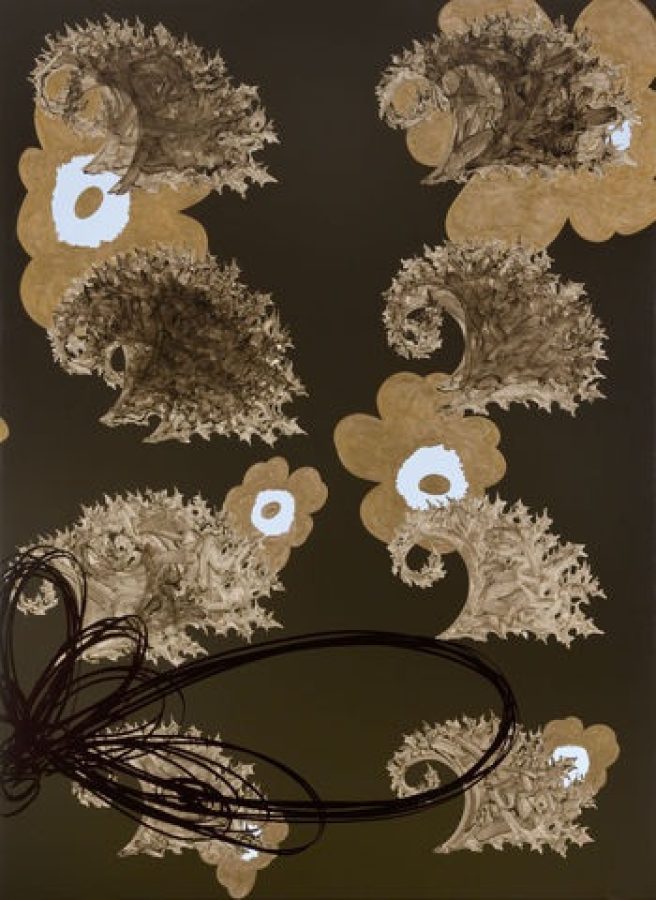
Stieg Persson
Ruskin, 2008
Oil and metallic paint on linen
229 x 167 cm
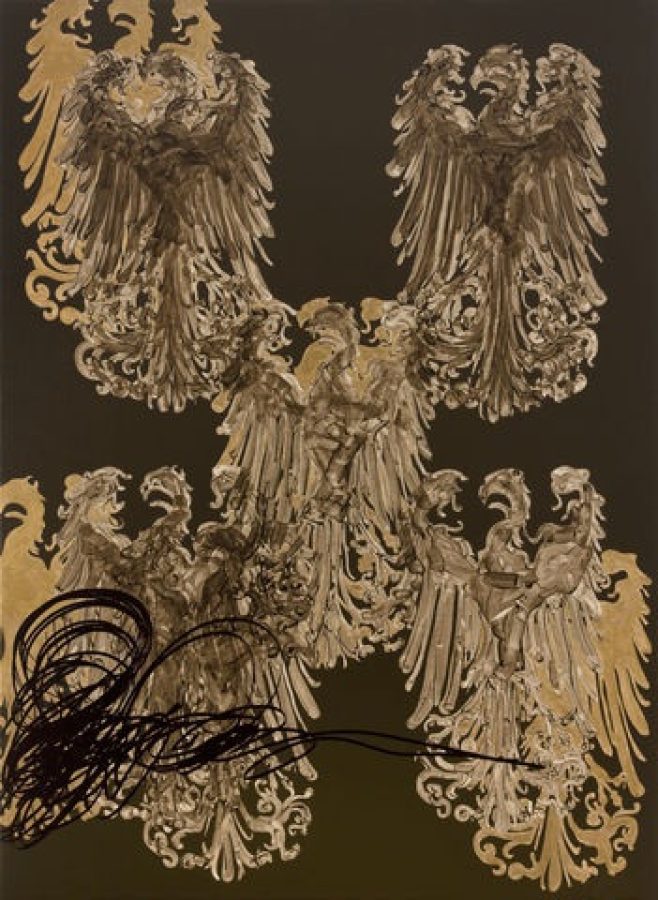
Stieg Persson
Das Alte Europa, 2008
Oil and metallic paint on linen
229 x 167 cm

Stieg Persson
Ségolène Royal, 2008
Oil and alkyd resin on linen
213 x 183 cm

Stieg Persson
Gerhard Schröder, 2008
oil and alkyd resin on linen
213 x 183 cm

Stieg Persson
Herculex®, 2008
Oil and alkyd resin on linen
219 x 183 cm

Stieg Persson
Martyrdom, 2008
Oil and metallic paint on linen
183 x 168 cm

Stieg Persson
Ga ga, 2008
Oil and metallic paint on linen
153 x 128 cm
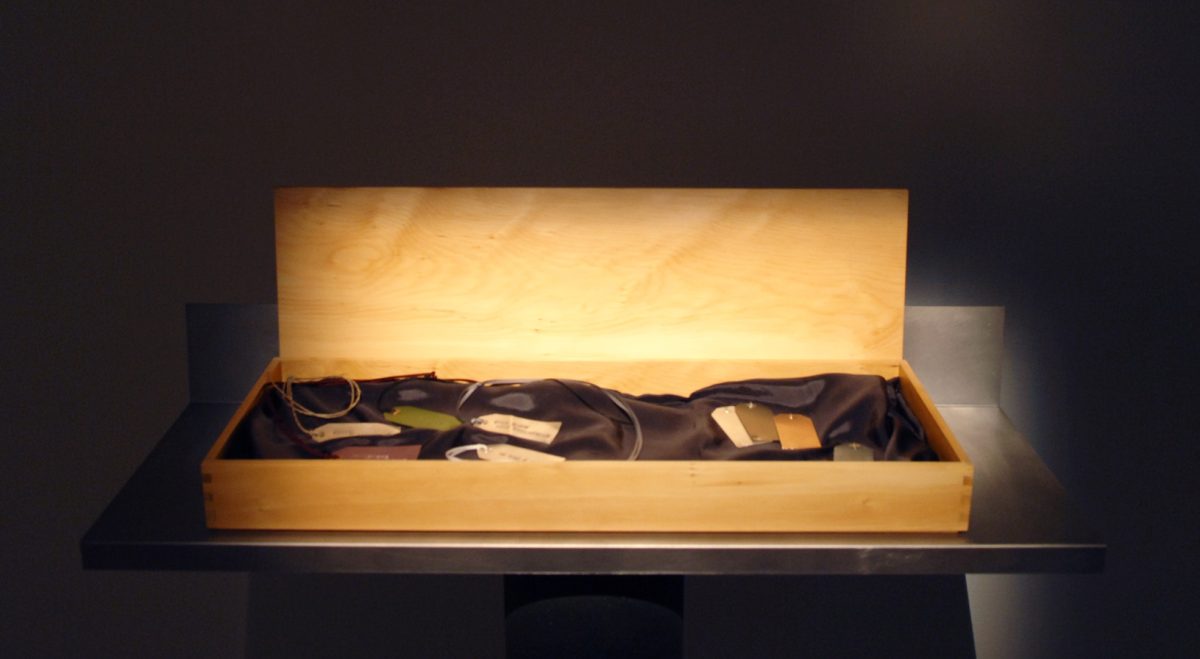
Su san Cohn
Goodbye, 2015
60 x 22 x 7 cm; digital video: 1 minute
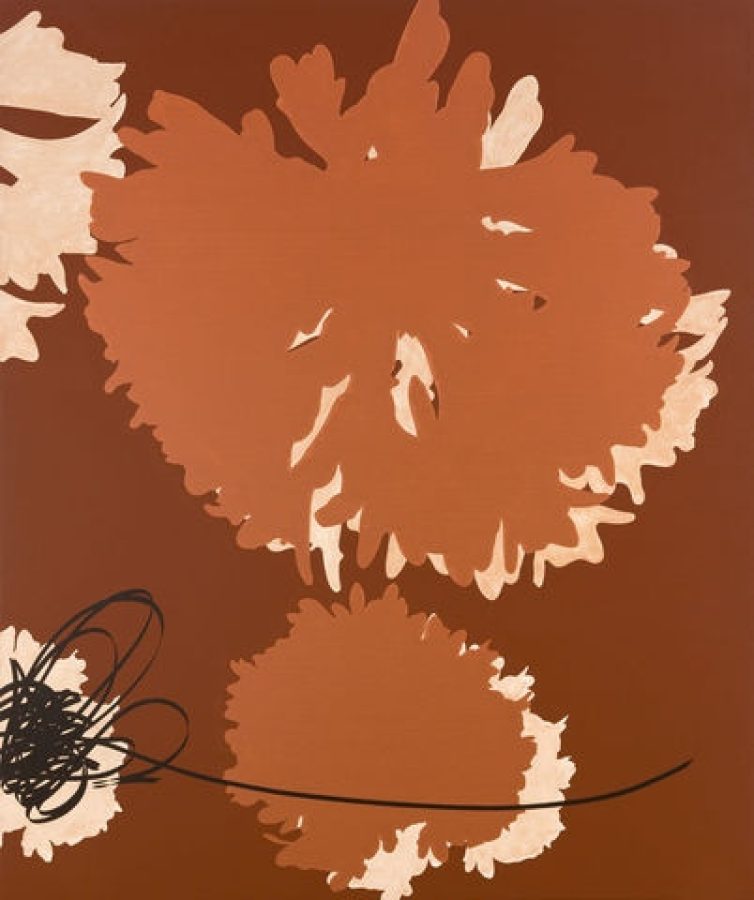
Say Goodbye to Agapanthus, 2008
Oil and metallic paint on linen
154 x 128 cm

Stieg Persson
Little Gerhard, 2008
oil and alkyd resin on linen
122 x 112 cm

Stieg Persson
Little Northern Blight, 2008
Oil and alkyd resin on linen
122 x 112 cm

Stieg Persson
Albertine, 2008
Oil and metallic paint on linen
122 x 112 cm
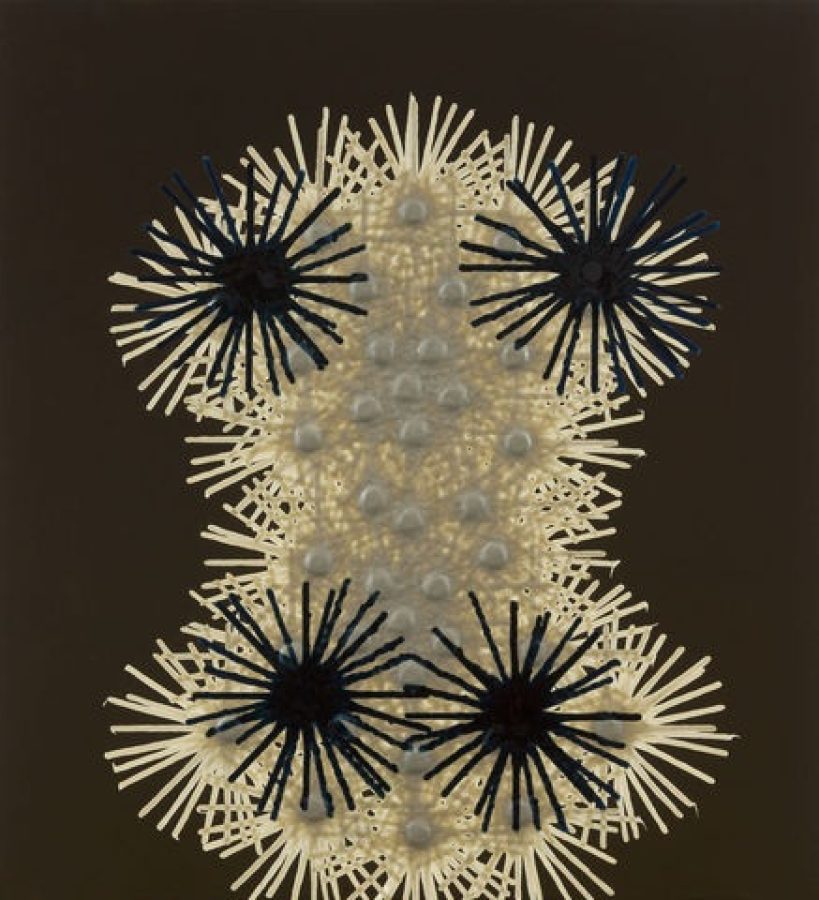
Stieg Persson
Common Smut, 2008
Oil and alkyd resin on linen
122 x 112 cm
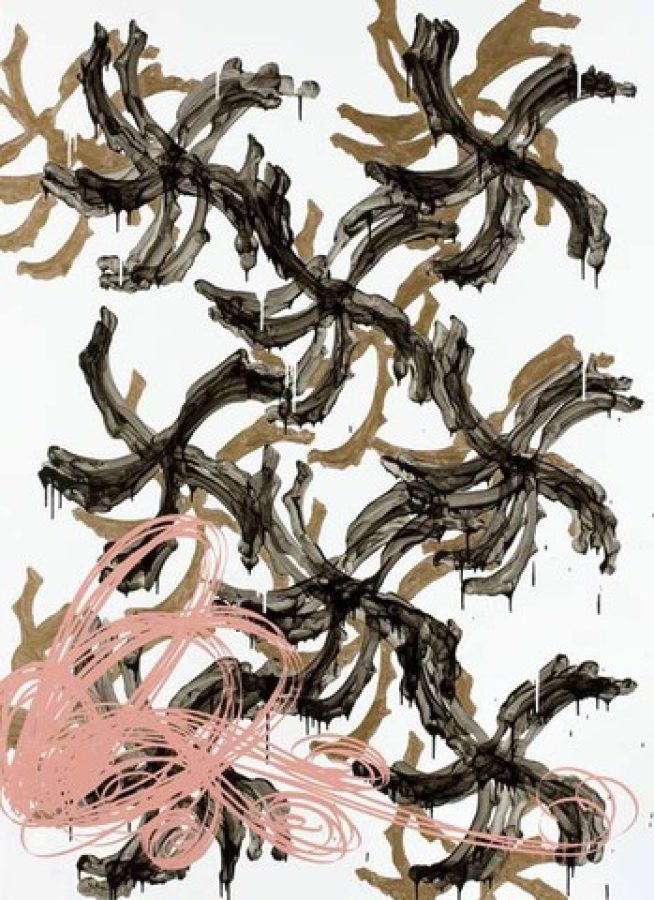
Stieg Persson
Winckelmann in Trieste, 2008
Oil and metallic paint on linen
229 x 167 cm

Stieg Persson
Signor Giovanni, 2008
Oil and metallic paint on linen
229 x 167 cm

Stieg Persson
Ermine, 2008
Oil and metallic paint on linen
183 x 168 cm

Stieg Persson
Monsieur de Charlus, 2008
Oil and metallic paint on linen
183 x 168 cm
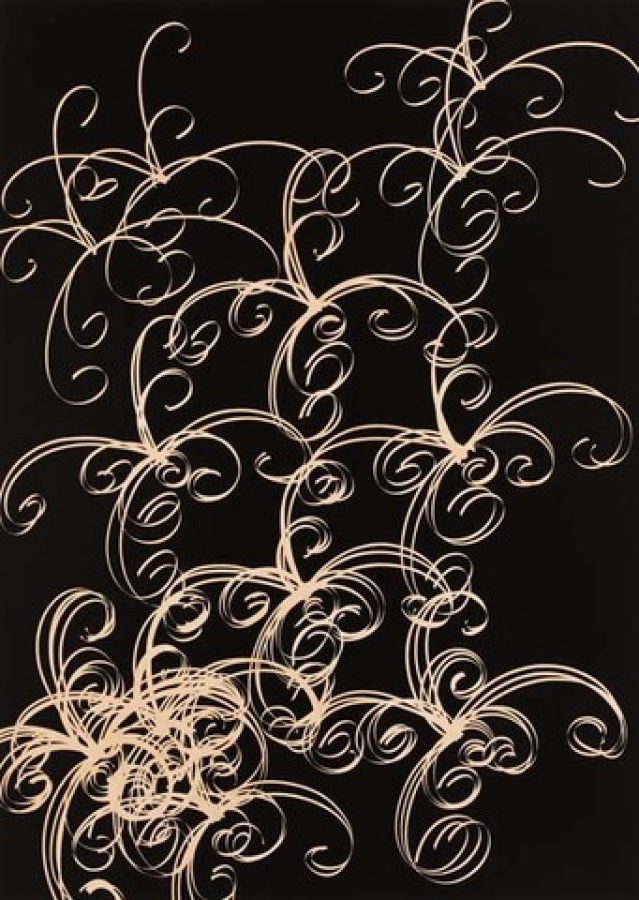
Stieg Persson
Race to the Bottom, 2008
Oil on linen
213 x 152 cm
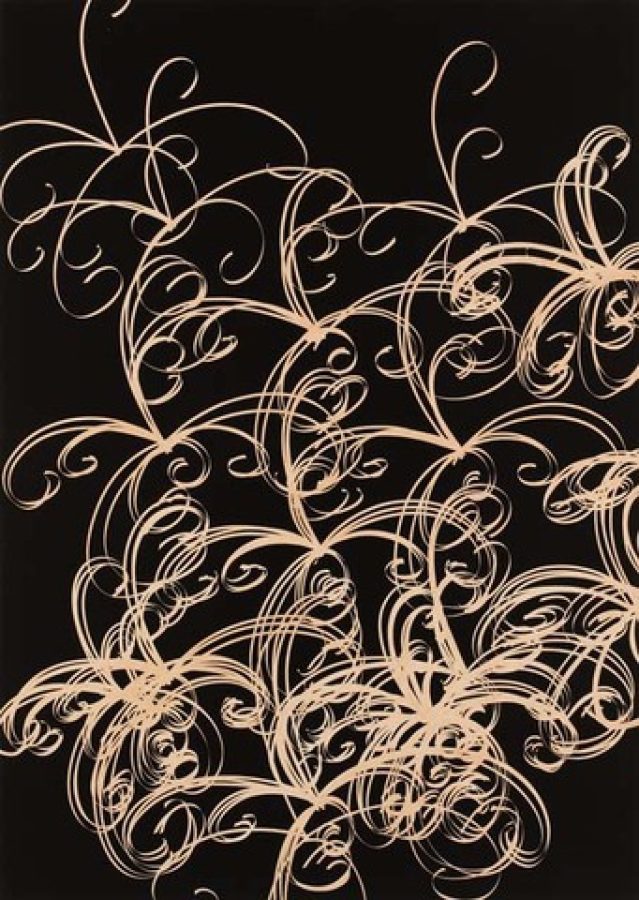
Stieg Persson
Downward Harmonisation, 2008
Oil on linen
213 x 152 cm
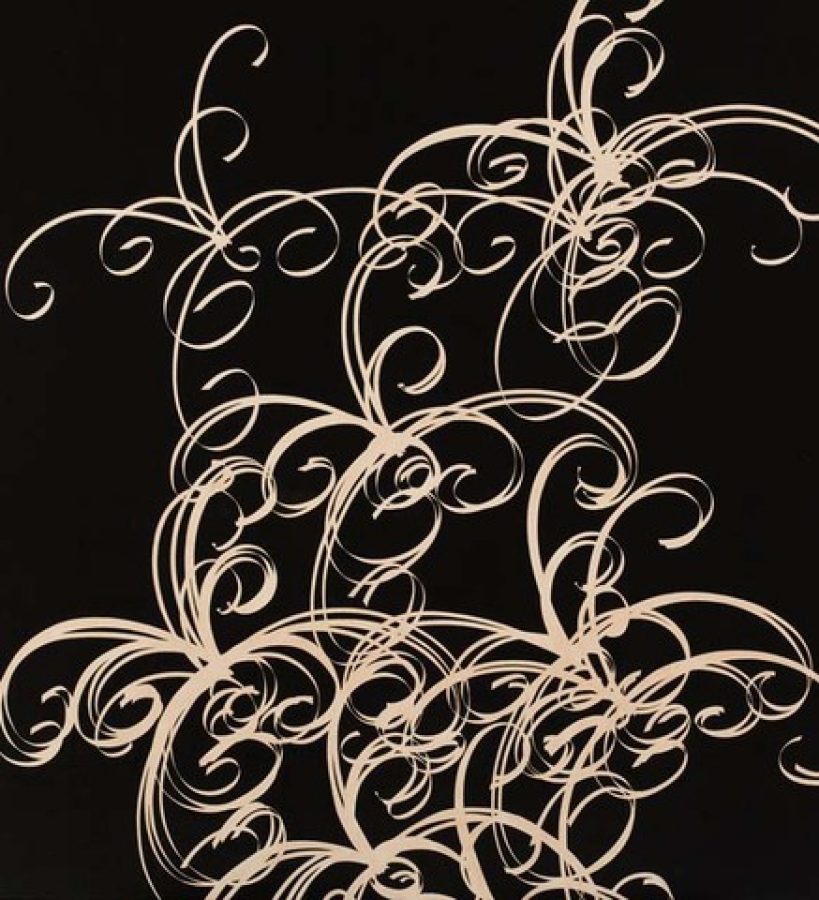
Stieg Persson
Sarbanes-Oxley, 2008
Oil on linen
122 x 112 cm

Stieg Persson
Frenched, 2007
Oil and metallic paint on linen
213 x 152 cm
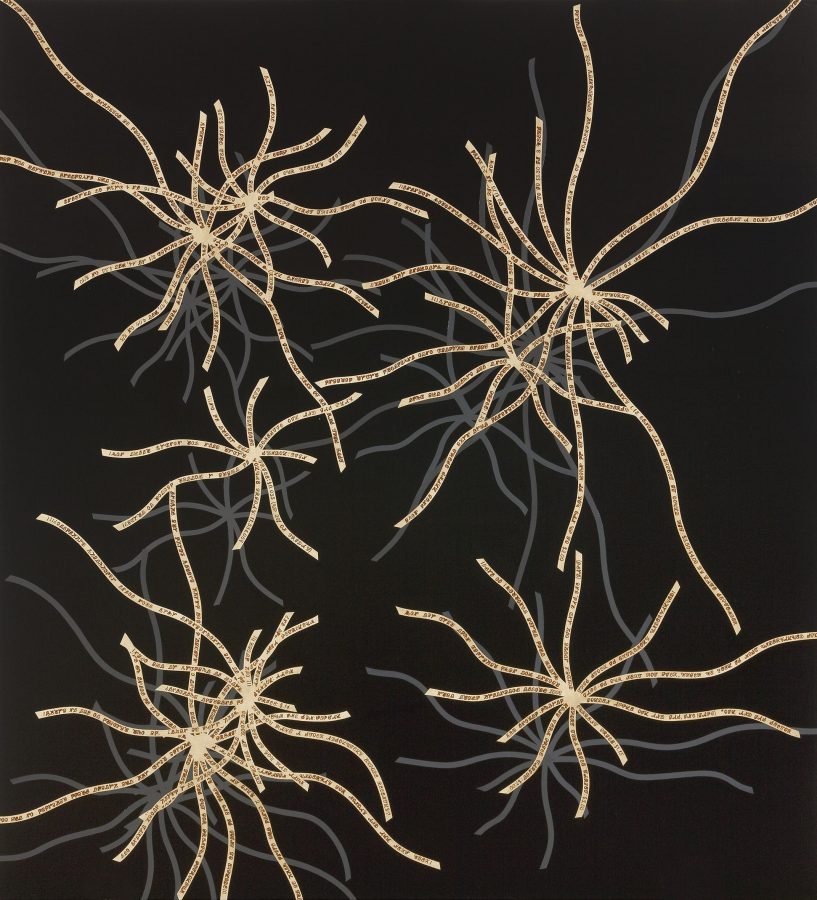
Stieg Persson
Judgement of Paris, 2007
oil on linen
183 x 168 cm
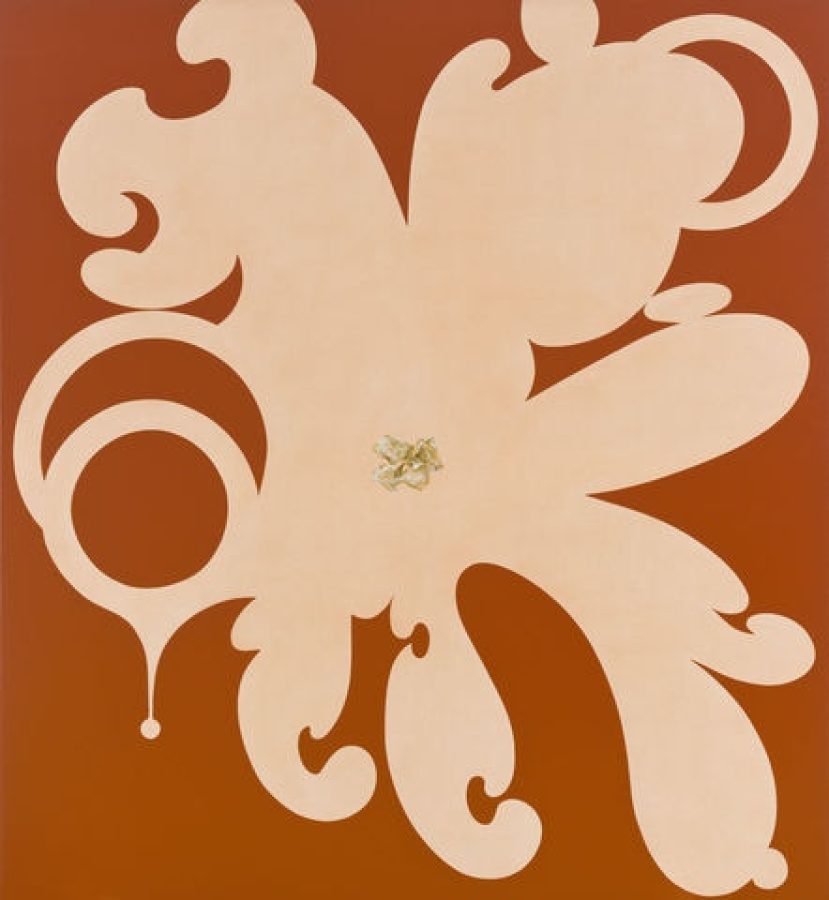
Stieg Persson
Present, 2007
Oil and metallic paint on linen
183 x 168 cm
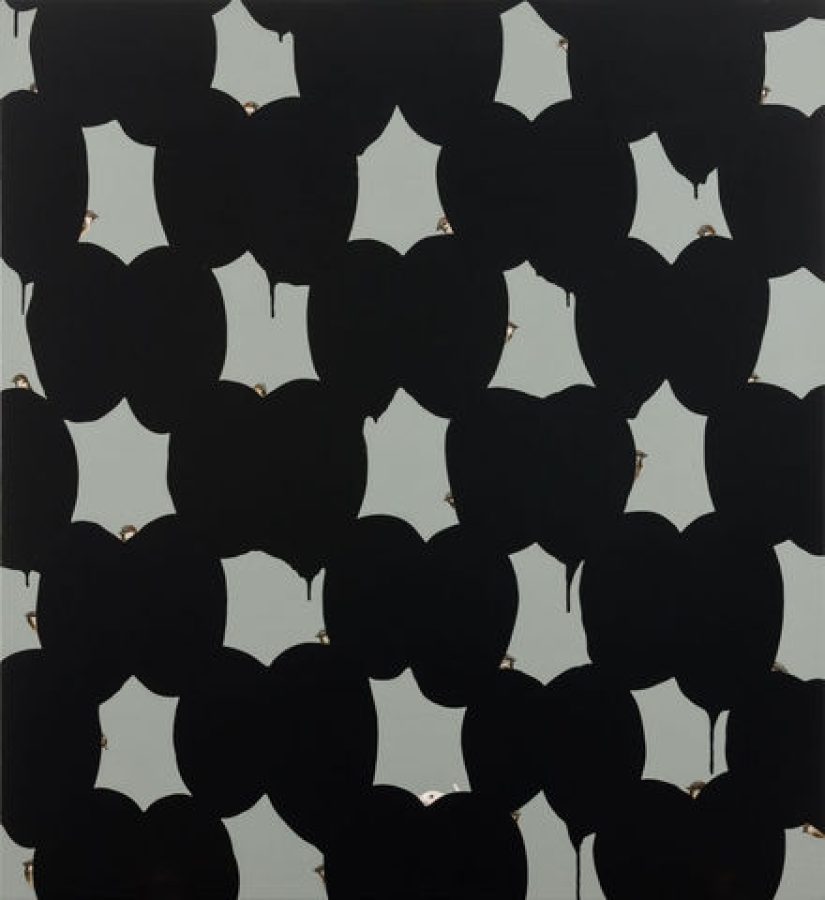
Stieg Persson
Vair, 2007
Oil on linen
183 x 168 cm
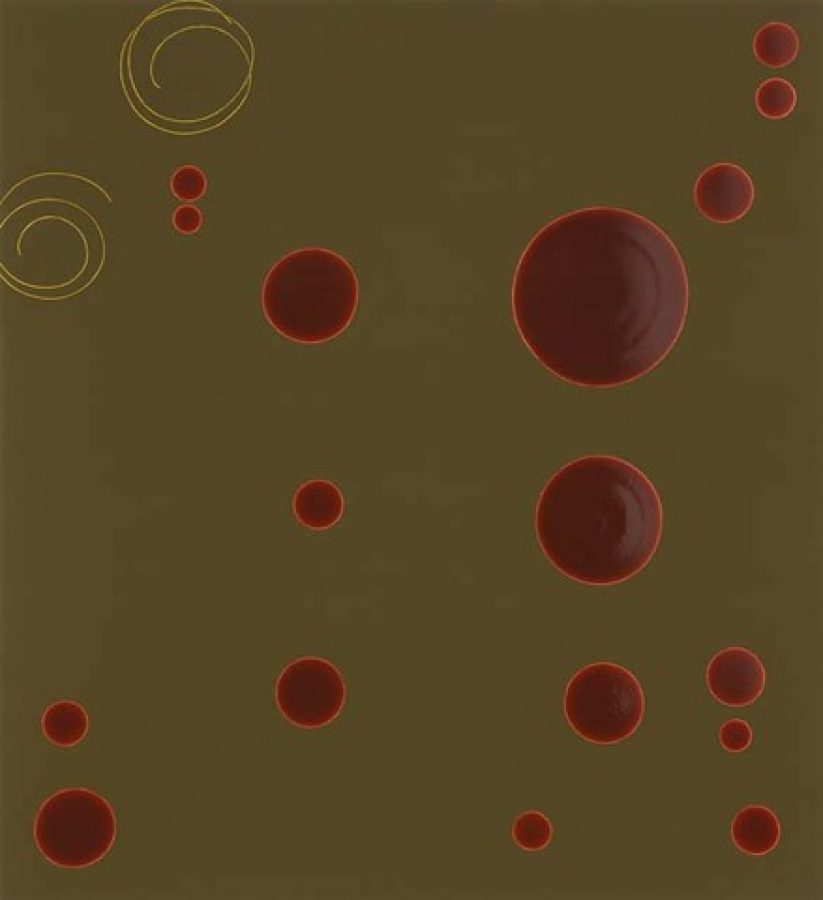
Stieg Persson
Clash Theory, 2006
Oil & alkyd resin on linen
183 x 168 cm
